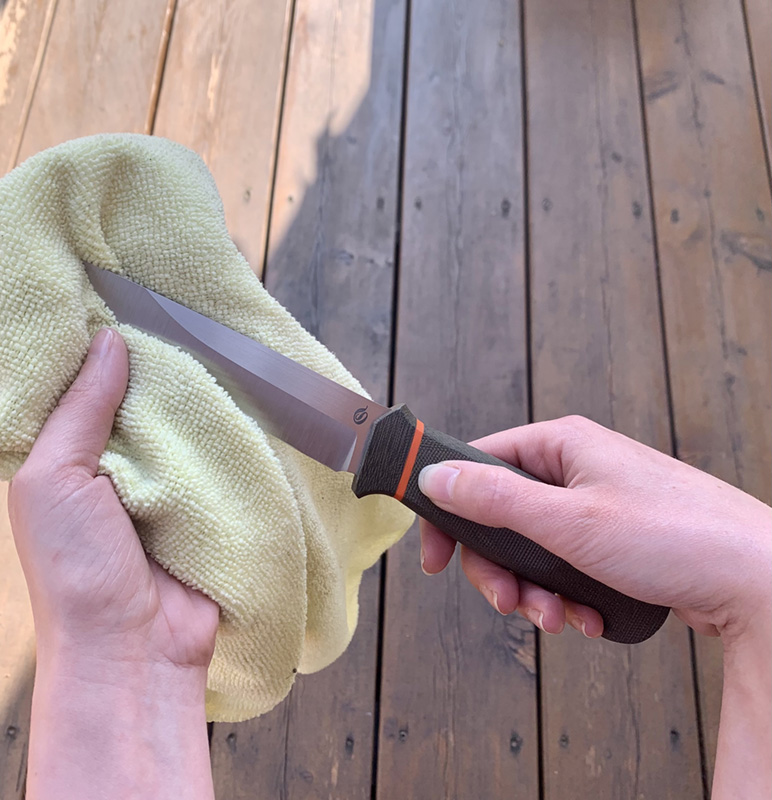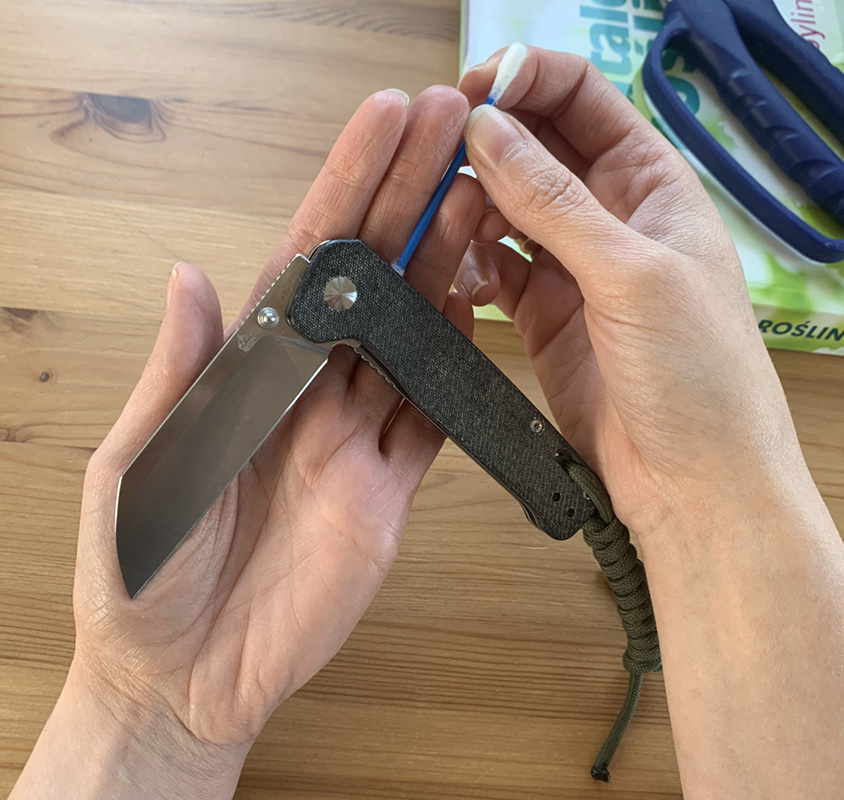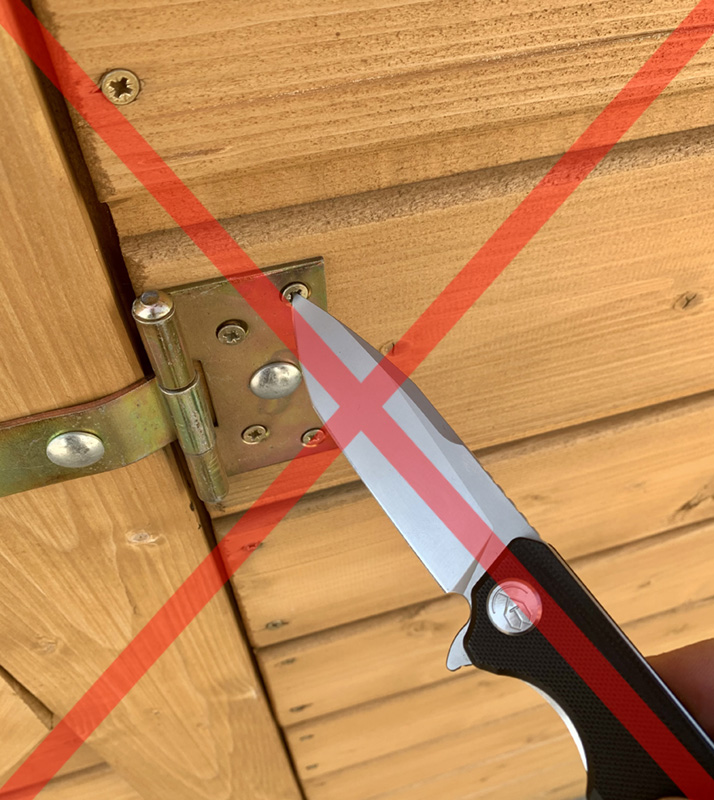Do you want your knife to last a long time? Learn 5 rules how to take care of it.

Imagine pulling out your favorite knife and being surprised to see tiny spots of rust on the blade. You grip the wooden handle and feel the bulges caused by moisture. You want to cut into a tomato, but the blade just glides across the surface… Brrr! Sounds like a nightmare, doesn’t it? We don’t want it to become a reality, so here are 5 rules to help you keep your knife in good condition.
Why is knife maintenance important?
Knife maintenance is as important as the maintenance of any other equipment. If you change the oil in your car, waterproofing your shoes and covering your books with paper (well, let’s just say…), take care of your favorite blade too. Not sure how to do that? Good thing you’re looking for advice online. We’re happy to help and that’s why we’ve put together 5 simple rules for knife maintenance. If you stick to them, your blade will serve you for many years to come.
5 rules of knife maintenance you should follow
We know a lot about knife maintenance, because our lives revolve around them. We have compiled the most important information into 5 sub-points which you can take as your maintenance checklist. This will help you quickly remember which steps you should take if you want to enjoy your knife for a long time.
1. Always wipe dry.
Prolonged moisture is generally damaging, so make sure your equipment is always dry. If you can, wipe the blade after each use. Remember to do this after handling fruit or vegetables, seawater, blood or sweat as these are highly corrosive.
Protect the blade with suitable means, such as e.g. Pruciak Protector knife wax stick.
Also make sure handles and scabbards dry. Of course, some materials are more susceptible to Obviously some materials are more susceptible to external influences, while others are completely resistant (at least in theory). So when should you be on your guard?
When it comes to blades, tool steels and those with a high When it comes to blades, tool steels and steels with a high carbon content deserve special treatment, i.e:
– 1095
– 1085
– 1055
– A2
– D2
– Carbon V
– SK5M2
– O1
2. Use preservatives
3. Take care of the mechanics of folding knives.
Folding knives are more prone to faults than fixed blade knives. Their weak points are Folding mechanisms and locks. During use, grains of sand, mud particles, grains of sand, mud particles, hair and food leftovers fall into the tiny holes. Dirt causes the mechanism to jam and lock. If you neglect your folding knife, the consequences will be felt sooner than you expect. You risk your safety – the lock can stop working when you least expect it. So what should you do to take care of your tool?
– Flush the mechanisms regularly.
– Use a brush, wire or compressed air to clean hard-to-reach areas. air.
– If you can, avoid dirt.
– Don’t clog up the mechanisms with large amounts of maintenance products. Just a little is enough. Remember to always wipe off any excess product with a cloth.
4. Use appropriately.
A knife is designed to cut and stab. Therefore, use it as intended and it will serve you better. Don’t open cans with it, don’t hammer nails, don’t screw screws with it and use a crowbar to pry them open. Use a crowbar for prying. Do you often use your blade for such work? Really, you’d better get yourself a nifty toolbox or multi-tool and save the knife for occasions.
Do you like throwing knives? Get yourself a blade designed specifically for this purpose and leave “normal” knives leave “normal” knives alone. Also pay attention to what you are cutting on – some surfaces will dull a knife more than it should (e.g. ceramic). And if it is dirty, God forbid you should put it in the dishwasher or with Domestos. Seriously, warm water and soap are totally sufficient.




